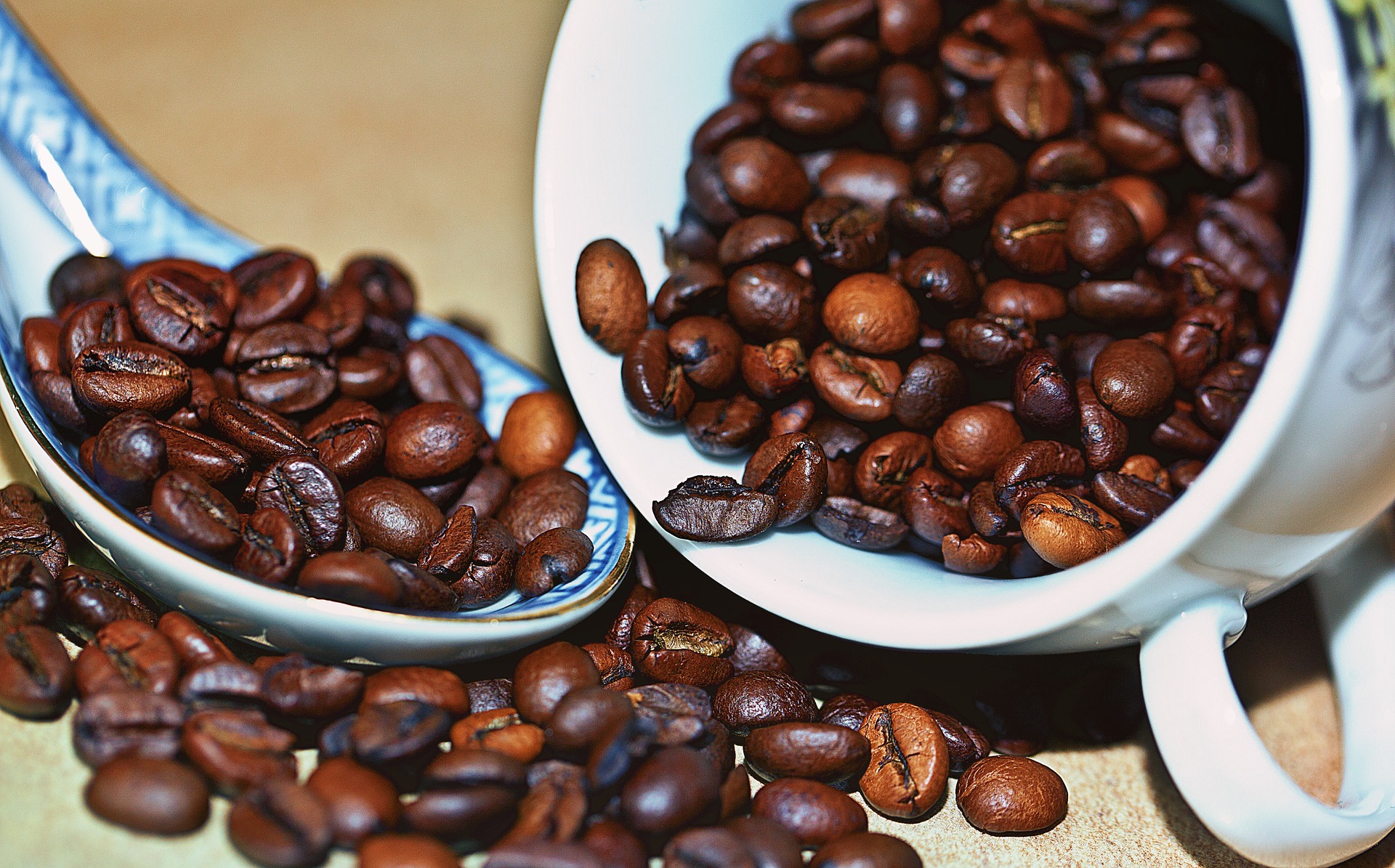The Robusta coffee is the most popular variety of coffee, mainly due to it’s price. Unlike the Arabica coffee, this coffee represents a cheaper price category, and it is less aromatic than Arabica. Robusta coffee beans are mixed by choice with Arabica coffee in order to obtain a finer flavor. Though it has a slightly bitter taste, it is quite popular. Coffees made from 100 % Robusta are rare. Just like Arabica, Robusta coffee originates from Africa, from the Western regions.
Content
Robusta coffee is considerably richer in caffeine than arabica. At first this might seem desirable – especially after we wake up and begin the day – but caffeine carries a bitter taste. Robusta beans contains 2.7% of caffeine, compared to the 1.5% of Arabica.
Arabica consists nearly 60% more of fat and the sugar concentration is the double of Robusta’s. These two factors are likely to have a big impact on the taste of the coffee.

What about the price?
The green Robusta beans is about half the price of Arabica’s on the market. The Robusta coffee is easier to produce in large quantities, it grows on lower altitudes and it is less sensitive to climatic conditions and insects, while giving higher yields. The coffee plant contains chlorogenic acid (CGA), which is an antioxidant and also an insect deterrent. Robusta contains 7-10% of this ingredient, while the arabica 5.5-8%.
All of these factors contribute to the lower prime costs of the robusta coffee. Due to the attractive price, many companies apply it in their mixtures to reduce their costs and increase their profits. Robusta is most frequently used at instant coffees, because the taste is less important there.
Crema
Robusta is widely used as a part of the espresso blends (specifically, the Italian-style blends). This is due to the excellent crema it gives, which is a thick, durable, flowing cream, which is good for any mixture. However, it has an adverse effect on the taste. It’s hard to hit the ideal arabica/robusta ratio, which already gives a good crema, but where the robusta is still not too dominant (this is rather a personal matter of taste).
Quality robusta coffees also exist, and according to many, a “high-end” robusta is more subtle than a “low-end” arabica. However, quality robusta is not widely used, and this worsens the assessment of the variety.
Form
Robusta beans are smaller and rounder, while the arabicas are larger and more oval. Robusta’s flavors are ranging from neutral to coarse. The coffee made from this variety usually has a noticeable character, which perhaps best resembles oatmeal, while it often has earthy, woody flavors. It is often compared to burned rubber, but this may sound like a strange analogy.
Cultivation
The Robusta plant is flexible, and it can even be grown on low altitudes (200-800 meters). This has many positive consequences: first of all, at this height there are significantly more suitable bearing surfaces available than at high altitudes. In addition, cultivation is considerably cheaper here. Thus the per-hectare production costs will remain low.
Robusta likes warmer climates. In general, temperatures between 20-30 degrees Celsius and high humidity (2000-3000 mm per year) is ideal for them to fairly flourish.
Robusta coffee is less demanding than the Arabica. It contents itself with more loosen soils and is more resistant to diseases (usually the more “noble” is a plant, the more sensitive it will be).
So, Arabica plants, are more fragile and sensitive. They need a cool and sub-tropical climate for growth. This variety requires a lot of moisture, a rich soil, and shade against the scorching sun. Arabicas feel well at higher altitudes (600-2000 m). However strange it may sound, height has an impact on the flavors.
Interesting facts
Although Arabica coffee is the more expensive coffee variety, yet Robusta Coffee is also included among the world’s most expensive coffees. For example, Kopi Luwak is a Robusta coffee, whose price per kilogram is more than EUR 300. The height of Robusta coffee shrubs may even reach 10-12 m. The coffee cherries do not fall down after
